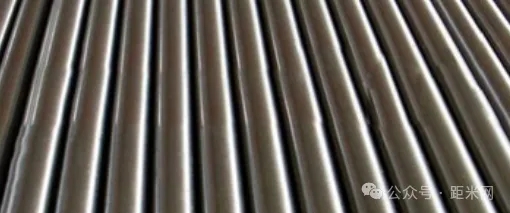Hot Keywords:
- All
- Product Name
- Product Keyword
- Product Model
- Product Summary
- Product Description
- Multi Field Search
Views: 1 Author: Site Editor Publish Time: 2024-09-02 Origin: Site
Stainless steel 304, also known as 18-8 stainless steel, is an austenitic stainless steel mainly composed of elements such as chromium (Cr) and nickel (Ni), with good corrosion resistance, high temperature resistance, and good plasticity. However, these characteristics also bring certain challenges during the processing. Specifically, although the hardness of stainless steel 304 is not high, its high cutting force, significant work hardening, and high local temperature in the cutting area all increase the difficulty of machining.
1. High cutting force
During the cutting process, stainless steel 304 can maintain high strength even at high temperatures due to significant plastic deformation. This characteristic results in a higher cutting force, which is over 25% higher than that of typical 45 steel. The increase in cutting force not only requires machine tools to have higher rigidity and stability, but also places higher demands on the strength and toughness of cutting tools.
2. Significant work hardening
During the processing of stainless steel 304, due to stability defects in the austenite structure, some austenite will transform into martensite during cutting. At the same time, impurities in austenite will decompose through heating during cutting, forming a hardened layer on the surface. This work hardening phenomenon further increases the difficulty of cutting and also affects the surface quality of the machined parts.
3. Local high temperature in the cutting area
The thermal conductivity of stainless steel 304 is poor, only one-third of that of 45 steel. During the cutting process, a large amount of cutting heat is concentrated on the cutting area and the surface of the cutting tool, resulting in a higher temperature of the cutting area. This not only exacerbates tool wear, but may also lead to thermal deformation of the machined parts.
